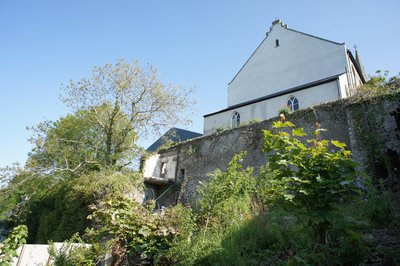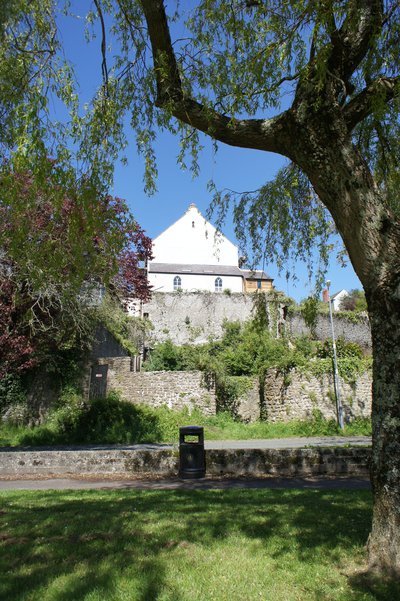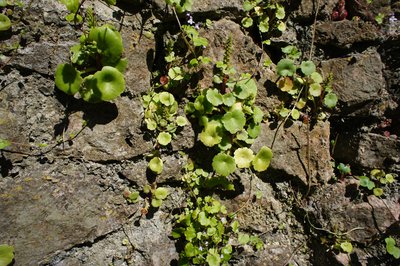The Ecology of the Tabernacle Church Site in Pembroke
The Tabernacle’s burgage plot garden has long been unused and church members were keen to create a place of peace and solitude that could be enjoyed by themselves, local people and visitors.
The Journey Through Time garden project was launched in conjunction with Pembroke 21C and Pembroke Town Walls Trust. This collaboration of local interest groups aims to repair the site and create a public garden that promotes the environment, Pembroke’s heritage and the national importance of the town walls.
Environmental reports, detailed below, showed that the site has been used by bats and badgers however it has had little diversity in habitat and wildlife. The new garden, that is being landscaped and planted will aim to improve the diversity of habitats through careful planning and planting to create a space that bennefits the local environment and becomes rich in wildlife. The end product will become an exciting space that combines the dramatic geography of the site with peaceful places to sit and enjoy the natural surroundings.
Basic Habitat
In September 2013 a basic habitat survey of the site was carried out by the Wildlife Trust of South and West Wales.
The habitat assessment indicated that the site is relatively poor in conservation value with no real species of importance recorded with the exception of an active outlying badger sett and the potential for bat roosts. These needed to be carefully considered as both are protected under the Wildlife and Countryside Act (1992) the Countryside and Rights of Way Act, 2000; the Natural Environment and Rural Communities Act 2006 (NERC); and by the Conservation of Habitats and Species Regulations (2010).
The site does not provide a diverse assemblage of semi-natural habitats, which in turn limits provision for a number of locally important wildlife species. None-the-less, any ‘wild’ area does provide some value to wildlife yet in this instance, there is potential to enhance the site and provide a better range of habitats for a number of different species provided current species of importance are mitigated for.
Badger Survey
In September 2013 Badger Watch and Rescue Dyfed (Affiliated to the Badger Trust) carried out a survey of the site with reference to an active but outlying badger sett found near the mouth of the cave by the Wildlife Trust of South and West Wales.
One badger sett was found with two entrances. Both were clearly in use. Two well-worn paths were found, a dung pit in the cave and evidence of digging for food. Badger Watch’s opinion was that the sett was in current use and therefore receives protection under the Protection of Badgers Act 1992.
The advice was that if the site was to be cultivated Natural Resources Wales be informed about the project and that an active badger sett is there. We approached NRW who visited the site and provided us with a licence to work within 30m of the sett.
Further recommendation was that gates be installed in the walls when they are restored so that the badgers can continue to use their pathways to and from the site.
Bat Survey
In October 2013 a survey of the site for bats was carried out by Kite Ecology.
A visual inspection of the site revealed that a lesser horseshoe bat was roosting in the cave. The dense ‘curtain’ of ivy at the mouth of the cave was a fundamental part of the roost and as such is protected. The cave was therefore classed as a bat roost and no work could be undertaken which would impact on it including the ivy across the mouth of the cave.
In order to protect the roost it was recommended that a simple fence be installed in front of the cave. Given the very close proximity of the active badger sett it was recommended that the fence be installed and extended to encompass the badger sett. The vegetation between the eastern wall and the new fence should be unmanaged as this will act as a natural screen between both the bat roost in the cave and the badger sett.
Further visual inspections have not revealed the bat or bats, although regular inspections are made. The recommendation of the fence was discussed with Natural Resources Wales and it was agreed that vegetation would be used as a screen rather than a fence to allow the badgers ease of access.
Related Articles
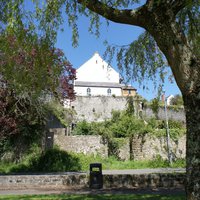
Ecology and Wildlife
The Tabernacle’s burgage plot garden has long been unused and church members were keen to create a place of peace and solitude that could be enjoyed by themselves, local people and visitors.
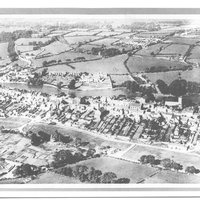
History of the Tabernacle URC
This complete history of the Tabernacle URC was written by Jonathan E Harries in 2011. It gives the full story of the church from its origins in the year 1800 to the present day.
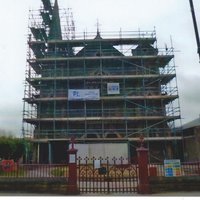
The Restoration of The Tabernacle URC
The Tabernacle buildings have received the urgent repair that they needed securing the future of the building for future generations.
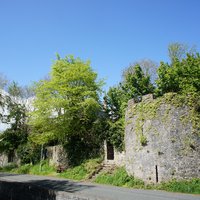
Archaeological History
The Tabernacle Church sits atop Pembroke’s limestone ridge and its burgage plot extends down to The Commons via a steeply sloping site which drops a total of 40 feet. Immediately to the south of the church is a tall ...
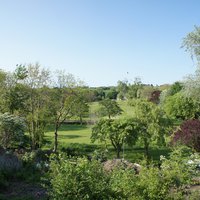
Journey Through Time Garden
The Tabernacle United Reformed Church has a unique and dramatic plot that extends down to The Commons and features medieval stone walls, a cliff, a cave, a 17th century lime kiln and stunning views across The Commons to the South ...

